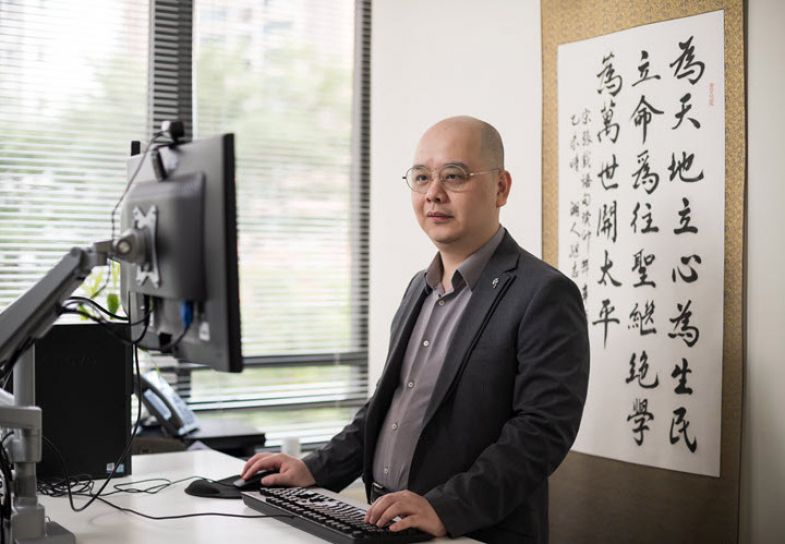
Researchers at Lingnan University are striving to close the knowledge gap between modern AI technology and research fields such as healthcare and education
There is a “knowledge gap” between cutting-edge artificial intelligence (AI) technology and research in other areas, says Xie Haoran, the head of the Department of Computing and Decision Sciences at Lingnan University in Hong Kong.
“Many researchers from non-technical areas don’t have sufficient knowledge and expertise to apply artificial intelligence (AI) and other technology in their research,” he says. Lingnan University stands out as a liberal arts university committed to integrating the latest technology into all of its research fields. “It’s about digital inclusion and including all researchers in this new era.”
Xie – who has two doctorates in computer science and education – is working on several interdisciplinary projects. In one project, Xie and his collaborators are applying AI to health data to improve treatments for patients suffering from depression.
Transcranial magnetic stimulation (TMS) is used to treat severe depression that has been resistant to other types of intervention. It uses magnetic fields to stimulate nerve cells in a patient’s brain. “These devices have many configurations and parameters, such as the frequency and duration of use,” Xie says. TMS can be an expensive treatment, and so optimising its use through AI and data can free up device time to make the treatment more accessible and personalised.
Xie and his collaborators in Australia and Hong Kong are applying AI algorithms to patient and TMS-use data. “We use AI to understand the profile of the patient and then identify similar patients so that the doctor has a reference,” he says. Xie and his team want to give doctors more evidence to guide the treatment of such mental health conditions.
Xie’s research into technological innovation extends beyond healthcare. He is also looking into ways that AI can bolster education research and enhance the accessibility of educational resources. Xie and his colleagues have developed and patented a prototype system to create personalised vocabularies and learning pathways. One of the most difficult aspects of learning a new language is vocabulary, he says. “Each student has a different background, and they have different levels of vocabulary knowledge,” Xie says. His team uses AI to make personalised e-learning content for students. The project was awarded a gold medal and an International Special Award at the 7th International Invention Innovation Competition in Canada in 2022.
“We’re trying to combine our cutting-edge techniques for AI data science and big data with the social sciences,” says Xie. He also promotes interdisciplinarity outside of the university. Xie is editor-in-chief of three Elsevier journals, namely: Computers and Education: X Reality; Natural Language Processing Journal; and Computers and Education: Artificial Intelligence. “I want to promote interdisciplinarity to the whole world,” he says. “There’s a huge gap between the most recent technologies and other research areas.”
Even though he spends a lot of time on projects that combine new technologies and other fields, Xie maintains that it is vital to keep up to date with the latest research – an opportunity that his involvement in multiple journals affords him. He makes sure that a certain portion of his research “is purely about the AI models”. “Technology is evolving rapidly nowadays,” he says. “If you don’t keep up, you quickly start lagging behind.”
Find out more about Lingnan University.















